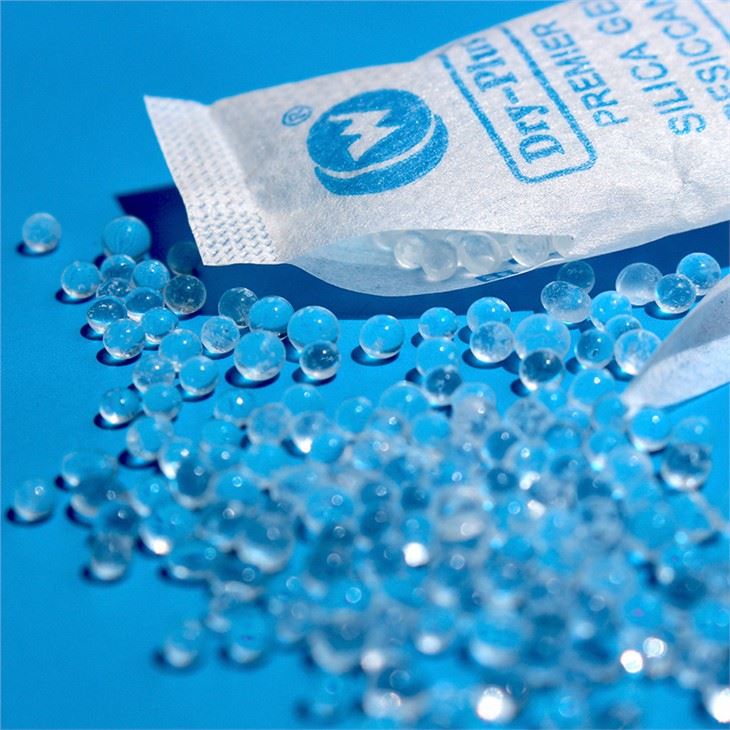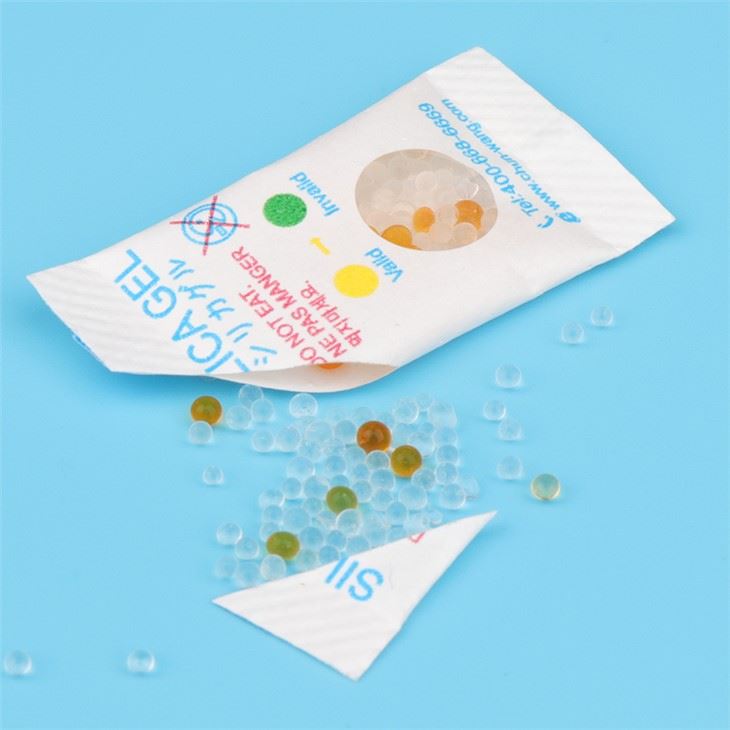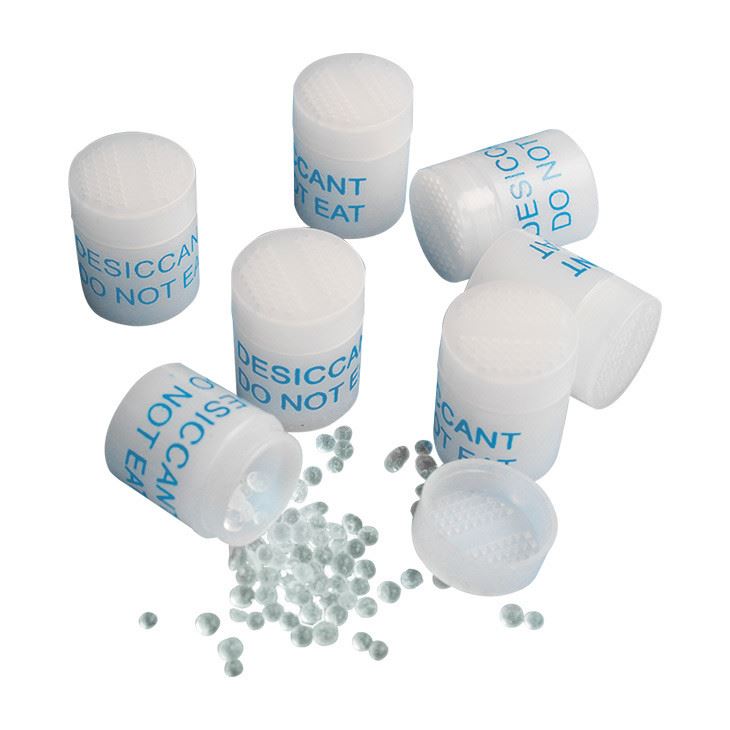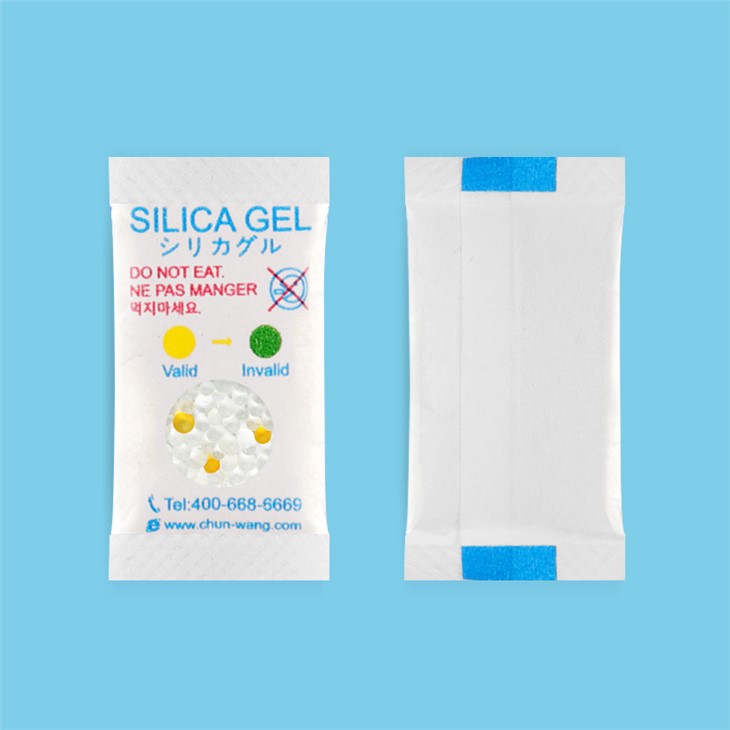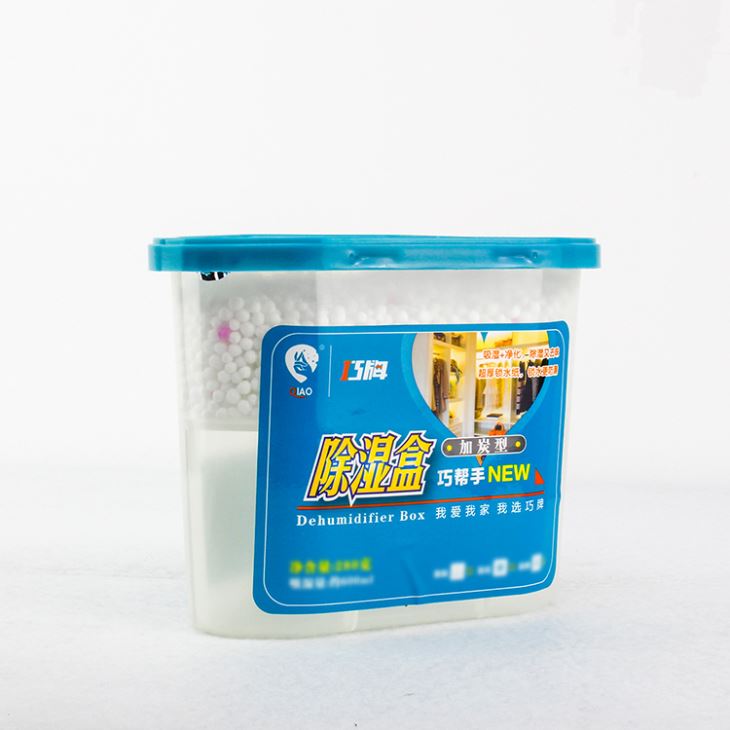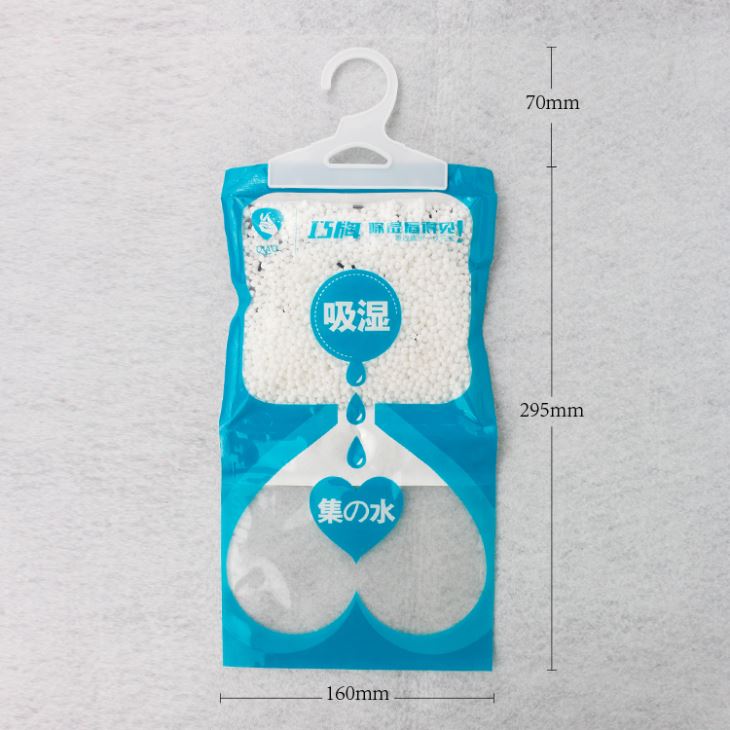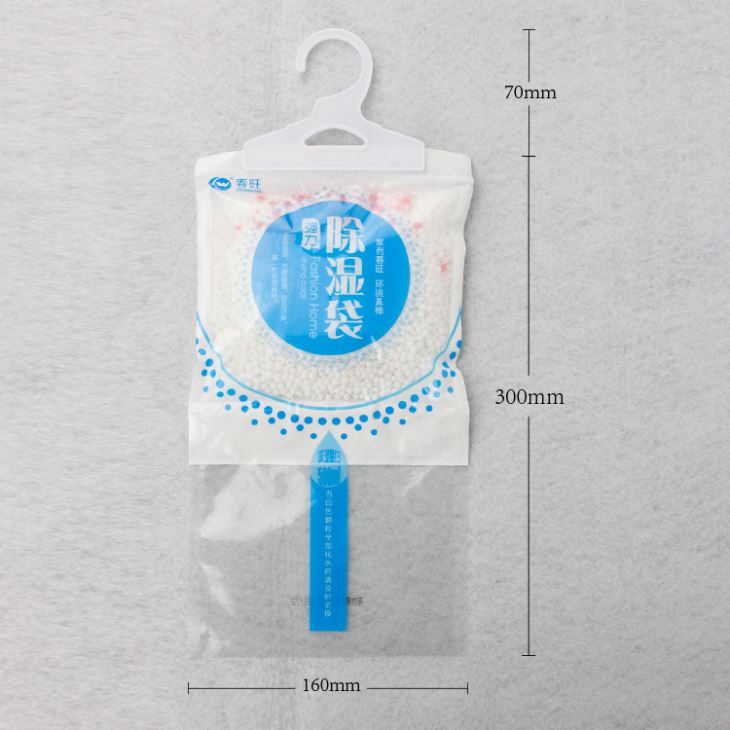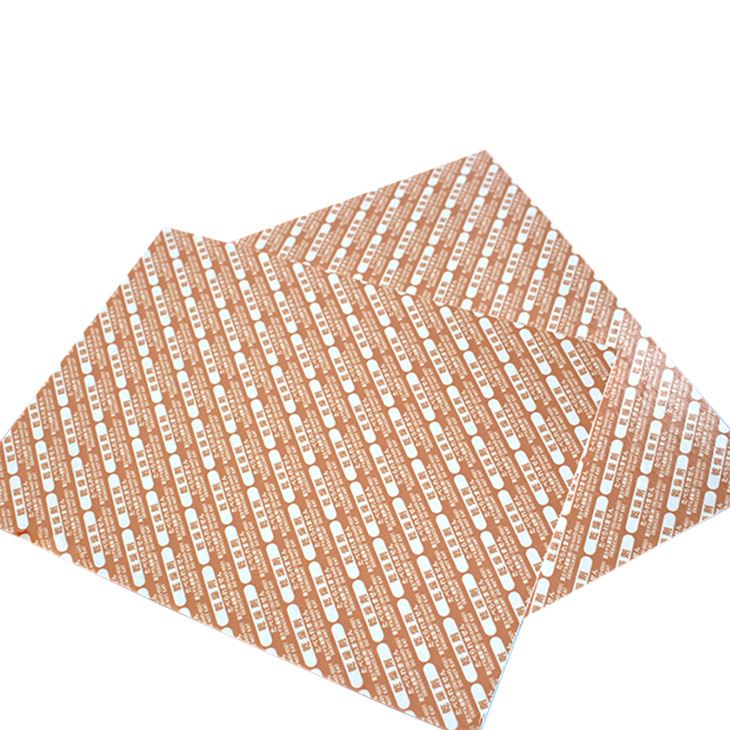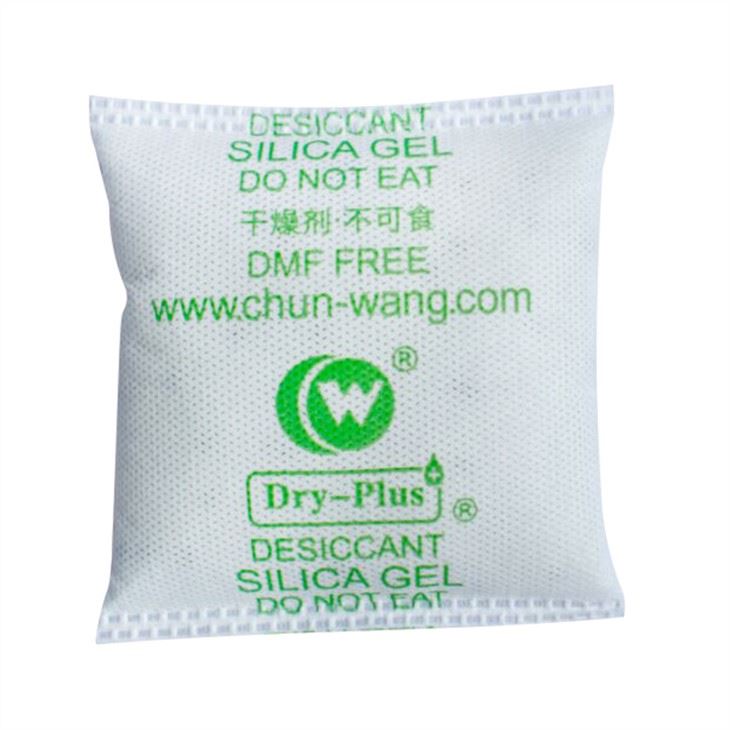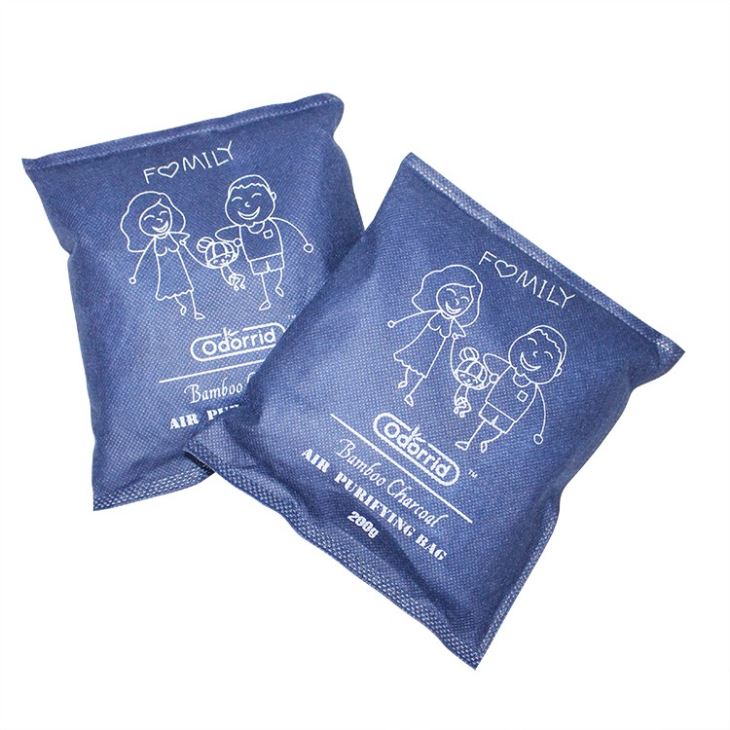Desiccant
18years Famous Desiccant Brand
We are a professional desiccant manufacturer with 18 years of professional industry knowledge and a modern industrial plant of 15,000 square meters.
Qualification Certificate
We had passed the ISO9001:2015, ISO14001:2015, BSCI, GMP and Walmart audits. Our products comply with RoHS certification and other certificates.
Safe Materials
The desiccant raw materials have been optimized, do not contain DMF, and comply with RoHS and Reach standards.
Excellent Services
Our sufficient production capacity ensures delivery dates, and complete supervision system ensures product quality. Work with a professional shipping team to ensure safe delivery.
-
![Clay Desiccant Packs]()
Clay Desiccant Packs
-
![Super Dry Container Desiccant]()
Super Dry Container Desiccant
-
![Silica Gel China]()
Silica Gel China
-
![Do Not Eat Silica Gel Desiccant Canister For Pharmaceutical Primary Packaging]()
Do Not Eat Silica Gel Desiccant Canister For Pharmaceutical Primary Packaging
-
![Herbal 62% Fiber 2-Way Humidity Control Packs]()
Herbal 62% Fiber 2-Way Humidity Control Packs
-
![0.5g Food Grade Silica Gel Packets Pharmaceutical Grade]()
0.5g Food Grade Silica Gel Packets Pharmaceutical Grade
-
![Food Grade Silica Gel Desiccant DMF Free For Food Stroage]()
Food Grade Silica Gel Desiccant DMF Free For Food Stroage
-
![Food Packaging Indicator Silica Gel Absorbent Sachets 2G]()
Food Packaging Indicator Silica Gel Absorbent Sachets 2G
-
![1G Pharmaceutical Pill Packaging Silica Gel Container]()
1G Pharmaceutical Pill Packaging Silica Gel Container
-
![Fiber Card Desiccant For Food, Pharmaceutical Packaging Natural Plant]()
Fiber Card Desiccant For Food, Pharmaceutical Packaging Natural Plant
-
![Natural Plant Fiber Card Desiccant Sheet For Shoes, Food, Pharmaceutical Packaging]()
Natural Plant Fiber Card Desiccant Sheet For Shoes, Food, Pharmaceutical Packaging
-
![2 Way Humidity Control Pack For Medicine 8G]()
2 Way Humidity Control Pack For Medicine 8G
What is Desiccant?
A desiccant is a hygroscopic substance that is used to induce or sustain a state of dryness (desiccation) in its vicinity; it is the opposite of a humectant. Commonly encountered pre-packaged desiccants are solids that absorb water. Desiccants for specialized purposes may be in forms other than solid, and may work through other principles, such as chemical bonding of water molecules. They are commonly encountered in foods to retain crispness. Industrially, desiccants are widely used to control the level of water in gas streams.
Why Use Desiccant?
The job of any desiccant is to adsorb and trap moisture. The ultimate goal of desiccant is to stop moisture from causing rust, mold, corrosion, fogging, or any other moisture related damage.
In technical industries, this means preventing corrosion from causing short circuits in commercial grade electronics as well as military or space technologies.
The food industry will use desiccants or oxygen absorbers (which are not technically desiccants) in packaging to prevent moisture from ruining sundries during shipping.
The pharmaceutical industry will include desiccants – usually oxygen absorbers but sometimes small silica gel packets – in some medicine bottles to inhibit mold growth and preserve medicines.
Additionally, desiccants and oxygen absorbers have many uses around the home. For example, oxygen absorbers may be used to increase the shelf life of many dry good. Desiccants may be used to protect stored items in boxes or containers, such as books, records, or photographs.
Main Common Types of Desiccants
Silica Gel
Silica gel is a highly porous form of silica (silicon dioxide). It has a high specific surface area which provides it with superior water adsorption capabilities; make it an excellent drying agent. Moreover, silica gel can be easily regenerated. It only needs to be heated to a temperature of 120 °C (250 °F) for 1 to 2 hours. Many pharmaceutical companies use silica gel to protect their products from moisture contamination.
Molecular Sieve
A molecular sieve is a material made from microporous aluminosilicate materials—commonly zeolites. Its pores are of a uniform size and are similar to molecules in terms of size. This means it only adsorbs smaller molecules, leaving the larger ones out. Since they work at a microscopic level, the unit of measurement used to measure the size of molecular sieves is angstroms.
Activated Alumina
A porous, solid form of aluminum oxide, activated alumina is also referred to as Al2O3, or simply alumina. Activated alumina is also a porous material with a high surface area, and one all existing moisture has been evacuated from the material; it can be used as a great desiccant with super absorption capabilities. In addition to being used as a commercial dehumidifier, activated alumina can also be used as a biomaterial and a fluoride adsorbent.
Some Desiccant comparisons
| Types | Pro | Con |
| Molecular Sieve | Molecular Sieve will not as readily desorb moisture back into packaging when temperatures rise as will Silica Gel or Clay. | Molecular Sieve is comparatively expensive. |
| Silica Gel | Silica Gel is predominantly non-corrosive and non-toxic in nature. In fact, some grades have received U.S. government approval for use in food and drug packaging, but not all. | Silica Gel, though it outperforms clay, does not function well in extreme heat and environments with a low H20 concentration. |
| Montmorillonite Clay | Clay will successfully regenerate at very low temperatures without substantial deterioration. It is inexpensive and highly effective within normal temperature and relative humidity ranges. | Clay may readily desorb moisture back into the container as temperatures rise. |
| Calcium Oxide | Calcium Oxide will adsorb a much greater amount of water vapor at a very low relative humidity compared to other desiccants. It is most effective where a low critical relative humidity is necessary, and where there is a high concentration of water vapor present. | Calcium Oxide adsorbs moisture from the air very slowly and swells as it takes on more and more moisture. |
| Calcium Sulfate | Calcium Sulfate is a general-purpose desiccant intended mainly for laboratory use. It is chemically stable, non-disintegrating, non-toxic, non-corrosive, and does not release its absorbed water when exposed to higher ambient temperatures. | Calcium Sulfate has a low adsorption capacity, generally adsorbing only up to 10% of its weight in water. |
●Reduce humidity and odor in luggage and travel shoes.
●Keep photos for a long time.
●Keep damp exercise equipment clean.
●Prevent stains on metal appliances.
●Help maintain the quality of diamonds and gemstones.
●Help maintain the camera.
●Preserve dry food.
●liminate the musty smell that occurs with documents/preserve old books/protect important documents.
●Maintain the quality of medicines or vitamins.
Main Applications of Desiccants
Electronics
The functionality of electronic devices can become damaged due to moisture soaking in. Although the effects are not as dramatic as electric shocks or short circuits, they do impair the electronic appliance in subtle ways. So, using desiccants can sustain the functionality of electronic appliances and extend their durability.
Food
As the food items in stores and supermarkets wait to be purchased, several issues like mold growth, bacteria growth, and food waste need to be addressed. Using desiccants will maintain the quality and minimize losses.
Storing Chemicals
If certain chemicals come in contact with moisture, they can form compounds. Hence, non-reacting desiccants, like silica gel, should be used while storing chemicals to preserve them.
Shipping of Goods
Desiccants are commercial agents and play a significant role in the packaging process of shipping goods. Using desiccants can help you save money and ensure safe transportation of goods.
Sailing
Anything you store aboard your boat, electronics or not, should be kept as dry as possible. Many pleasure boats stay docked a good deal of time, making it a relatively easy proposition to pack things up with some adsorbent to keep away the salt air.
Desiccant Storage and Warehousing Precautions
It is necessary to have a correct storage and warehousing standard:
●Keep the desiccant in a cool dry place, keep note of the fire, theft, pest, moisture and damage.
●Before reception and warehousing, the desiccant should be unloaded in a safe and civilized way.
●Pay attention to rats, termites, pests.
●If conditions permit, constant temperature and humidity control for warehousing is the best. Temperature and humidity requirements: temperature 25 ℃ ± 5 ℃, humidity 60% ± 5%.
●Under normal circumstances (non-constant temperature and humidity), we should pay more attention to moisture-proof. Avoid excessive moisture from the outside. Make sure the floor (ground) is dry and clean. Otherwise, the cartons are easy to get mildewed.
●When stacking the desiccant cartons, stack them into a neat, stable, straight line. Leave enough space, stay away from the walls, pillars. Distance should be at least larger than 0.3~0.5 meters.
Certificate
We had passed the ISO9001:2015, ISO14001:2015, BSCI, GMP and Walmart audits. Our products comply with RoHS certification and other certificates.
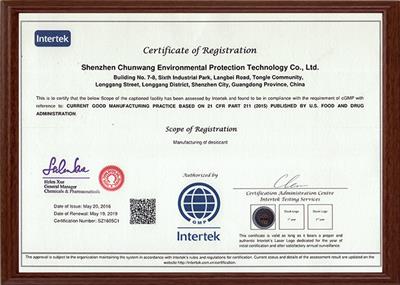
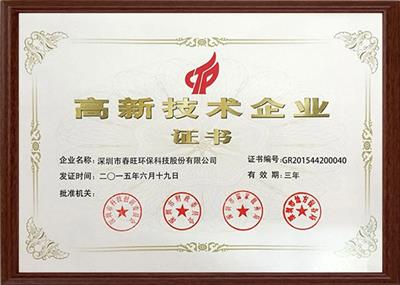
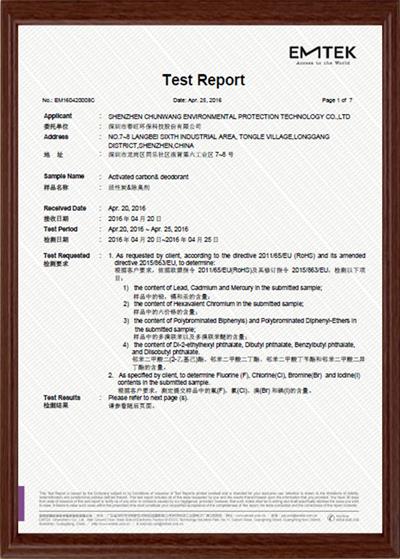
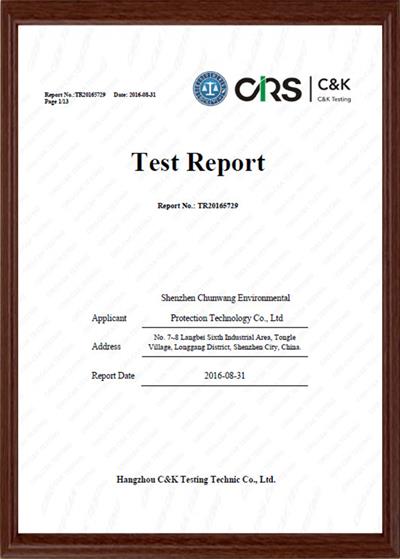
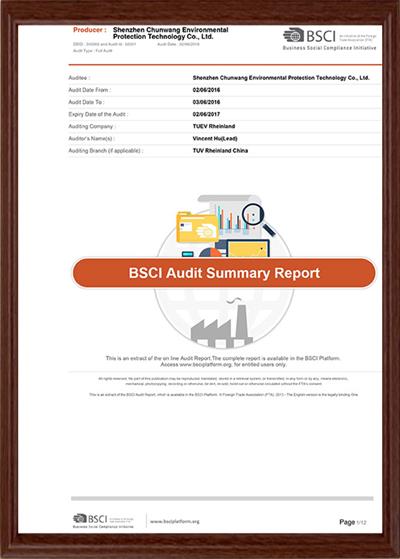
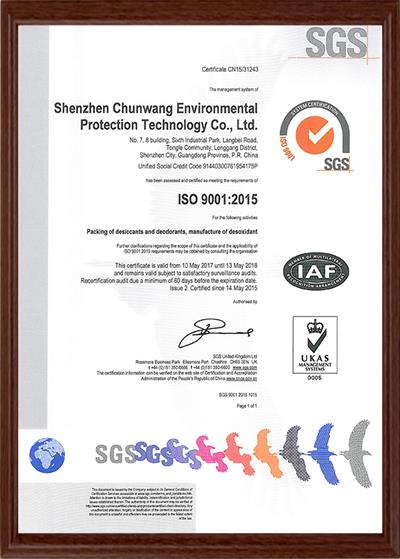
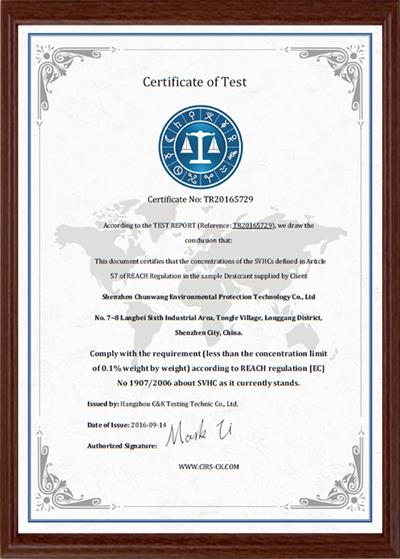
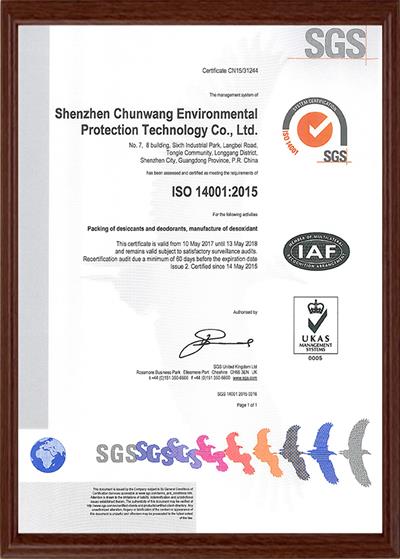
Common Problems of Desiccant
As one of the leading desiccant manufacturers and suppliers in China, we warmly welcome you to wholesale quality desiccant at competitive price from our factory.















